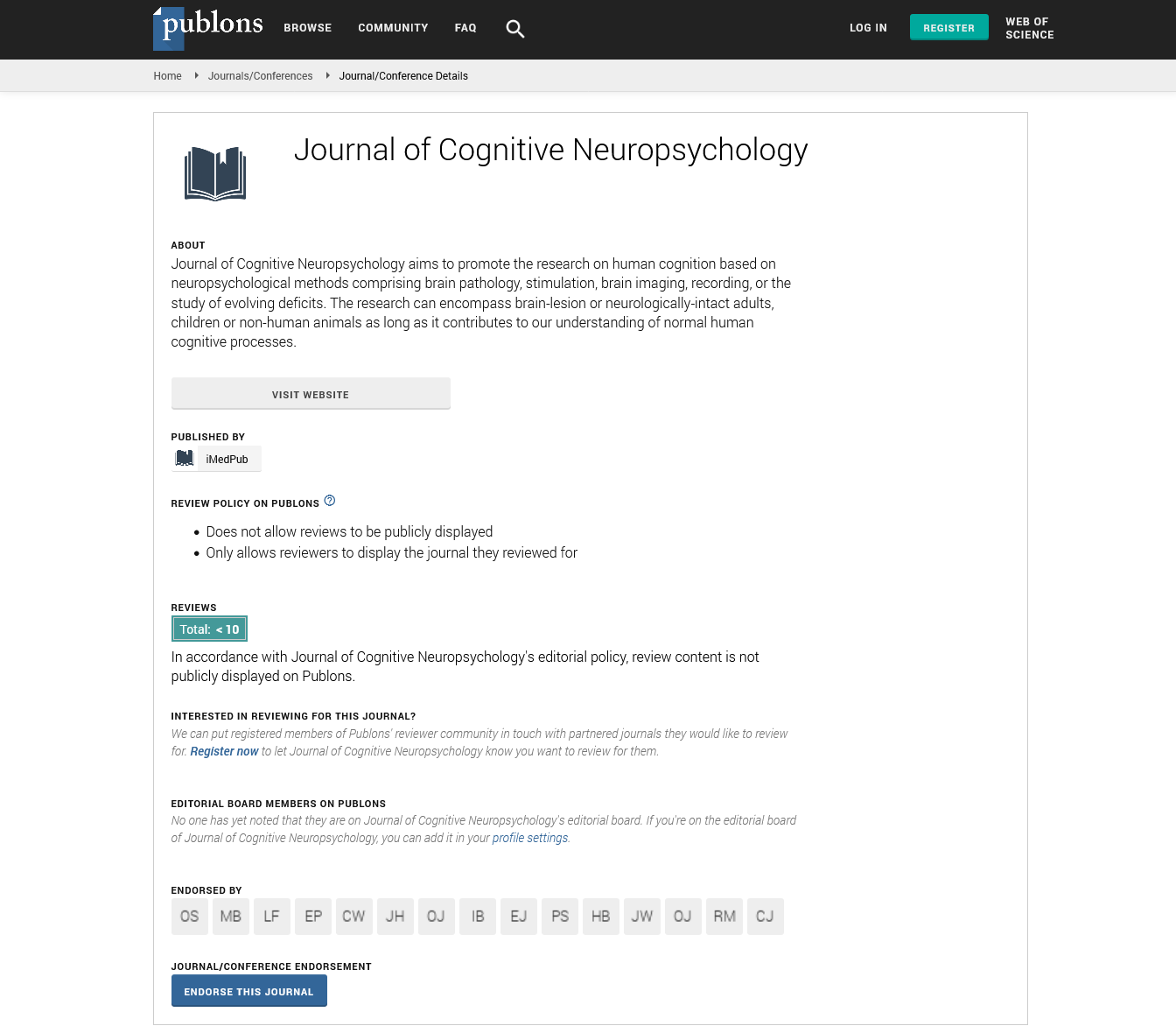Abstract
Hematologic Disorders: Case of Deficits in S and C Proteins about an Observation in Abidjan Ivory Coast
Introduction:
The frequentness of cerebral infarcts associated to a hematologic affection remains difficult to be known and imprecise; it is estimated at 1% as concerns vascular cerebral accidents and between 2% to 16% for stroke of young subject [1,2]. The S and C proteins are proteins normally present in the body. They have anticoagulant role and therefore prevent coagulation phenomena.
We bring here a recent case of cerebral infarcts associated to a deficiency in S and C proteins observed in a young Ivorian patient hospitalized in our neurology service of Cocody Teaching Hospital in Abidjan.
Results: The S and C proteins even the antithrombin are coagulation inhibitors. The C protein after activation inhibits coagulation, by degrading the factors V and VIII activated. The S protein participates as co-factor of this degradation. A deficit of 1 of these 3 inhibitors leads to a state of hypercoagulability [3]. These deficits are less frequent in the general population. The results of prospective studies concerning limited cohorts are therefore contradictories. [4-6].There is no justification for practicing systematically the research of a deficit in S and C proteins and of antithrombin, it can be proposed during a cerebral infarcts on a young case when there exists personal and familial past history of thrombotic arteries and or venous evocates or miscarriages or an open foramen oval [3] of which was the case with our patient, who is young of age and had a pulmonary emboli in the past. This checkup is carried out in the absence of antivitamin K treatment for S and C proteins, and the treatment by estrogens for the S protein. In the case of abnormality it has always be controlled on the second sample for antivitamin K reduces the percentage of S and C protein that is why the dosage does not have to be effectuated only 3 weeks after the stop of the treatment. In our patient no anticoagulant treatment preceded the S and C proteins.
Author(s):
Abstract | PDF
Share This Article
Google Scholar citation report
Citations : 8
Journal of Cognitive Neuropsychology received 8 citations as per Google Scholar report
Journal of Cognitive Neuropsychology peer review process verified at publons
Abstracted/Indexed in
- Google Scholar
- Publons
- MIAR
Open Access Journals
- Aquaculture & Veterinary Science
- Chemistry & Chemical Sciences
- Clinical Sciences
- Engineering
- General Science
- Genetics & Molecular Biology
- Health Care & Nursing
- Immunology & Microbiology
- Materials Science
- Mathematics & Physics
- Medical Sciences
- Neurology & Psychiatry
- Oncology & Cancer Science
- Pharmaceutical Sciences
